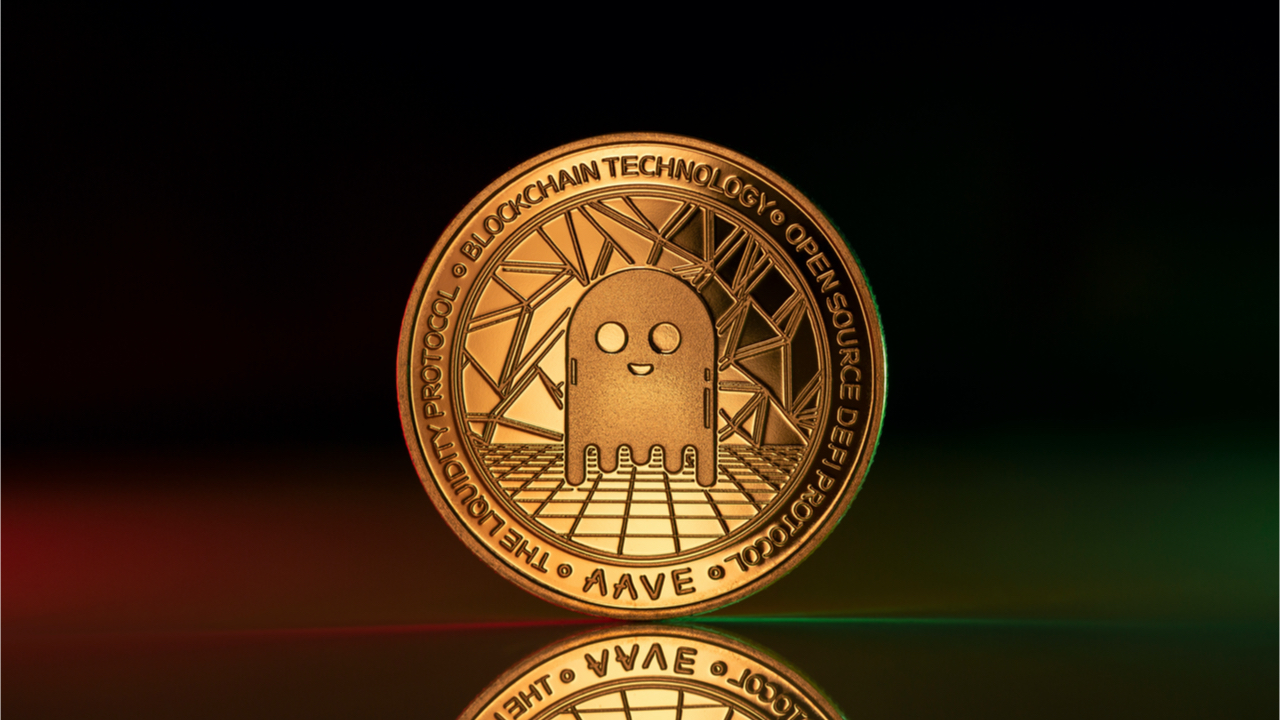
Aave and Balancer announce hybrid AMM liquidity pool & lending product
In what may become an industry standard, unused liquidity from Balancer will be deposited into Aave, significantly increasing depositor yield In the latest feat of decentralized finance (DeFi) money lego magic, lending platform Aave and automated market maker (AMM) Balancer have teamed up on a hybrid liquidity-and-lending feature that may significantly fatten depositor yields.In a blog post today, Balancer CEO Fernando Martinelli unveiled plans for the project, dubbed the Balancer V2 Asset Manager. In essence, the integration will allow users to earn two forms of return on their deposits:....
Related News
The lending platform added a permissioned liquidity pool to its other decentralized offerings as a way to entice institutional participants to have regulatory compliance in DeFi. Decentralized lending platform Aave has launched its permissioned lending and liquidity service Aave Arc to help institutions participate in regulation-compliant decentralized finance.As opposed to its permissionless cross-chain counterparts on the platform, Aave Arc is a permissioned liquidity pool specifically designed for institutions to maintain regulatory compliance in the decentralized finance (DeFi)....
The two protocols will collaborate on a joint platform that will combine the best features of each. Decentralized exchange Balancer and decentralized finance platform Gnosis have announced today a planned integration dubbed the Balancer-Gnosis-Protocol, a collaboration that will combine Balancer’s v2 pool mechanisms with Gnosis’s DEX aggregation and batch auctions designed to mitigate miner extractable value, or MEV. Balancer’s v2, which is currently live for developer testing, was announced in February and boasts a host of new features: All liquidity will be pooled into a single vault for....
The Balancer and Polygon partnership aims to lower gas fees for traders on the Ethereum blockchain. The adoption rate of a cryptocurrency is heavily dependent on its use cases in the real world. Balancer Protocol’s latest effort in this regard is the launch of support on the Layer-2 solution Polygon to reduce Ethereum gas costs. With this partnership, Balancer joins the team of major DeFi projects lik Aave, Curve and SushiSwap, which have recently witnessed strong user adoption.With Polygon (formerly MATIC) offering near-zero fees for trades, Balancer’s position as “the ultimate flexible....
On January 5, the open-source non-custodial decentralized finance (defi) lending platform Aave launched a permissioned version of the protocol aimed at institutions. The platform dubbed Aave Arc will leverage Fireblocks as the first whitelister as the platform aims to help bridge traditional financial institutions with defi. KYC-Centric Defi Liquidity: Aave Launches Aave Arc Permissioned Protocol for Financial Institutions Aave has launched a permissioned platform called Aave Arc on Wednesday, a new protocol dedicated to financial institutions that want to particpitate in defi in a....
Liquidity pool token-backed collateral could bolster DeFi's TVL, but can it be used securely? Multiple decentralized finance (DeFi) projects are moving forward with plans to allow liquidity provider tokens as collateral for stablecoin and lending services — though experts caution that the security considerations associated with using LP tokens in this manner can be complex. LP tokens are distributed to liquidity providers on automated market makers (AMMs) to represent a provider’s stake in a liquidity pool. Providers are incentivized with trading and protocol fees that are paid out upon....





